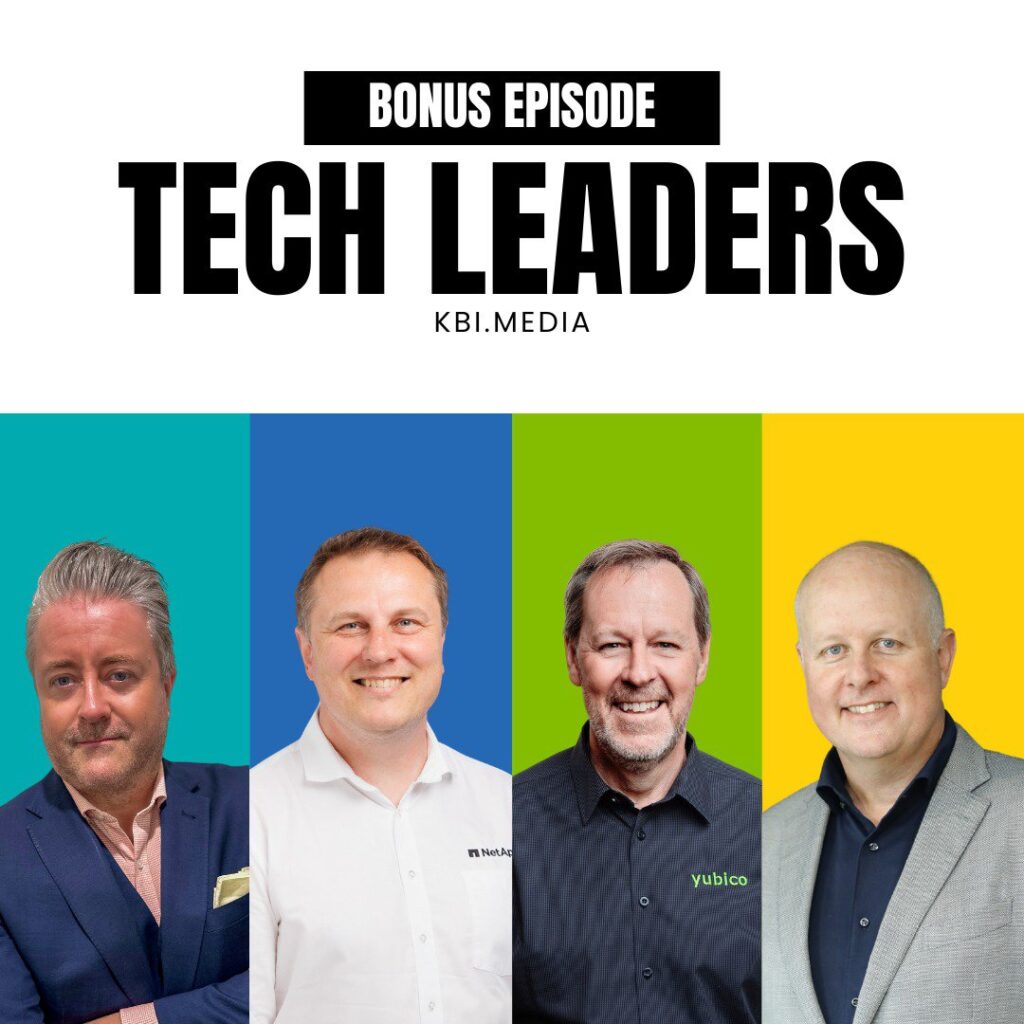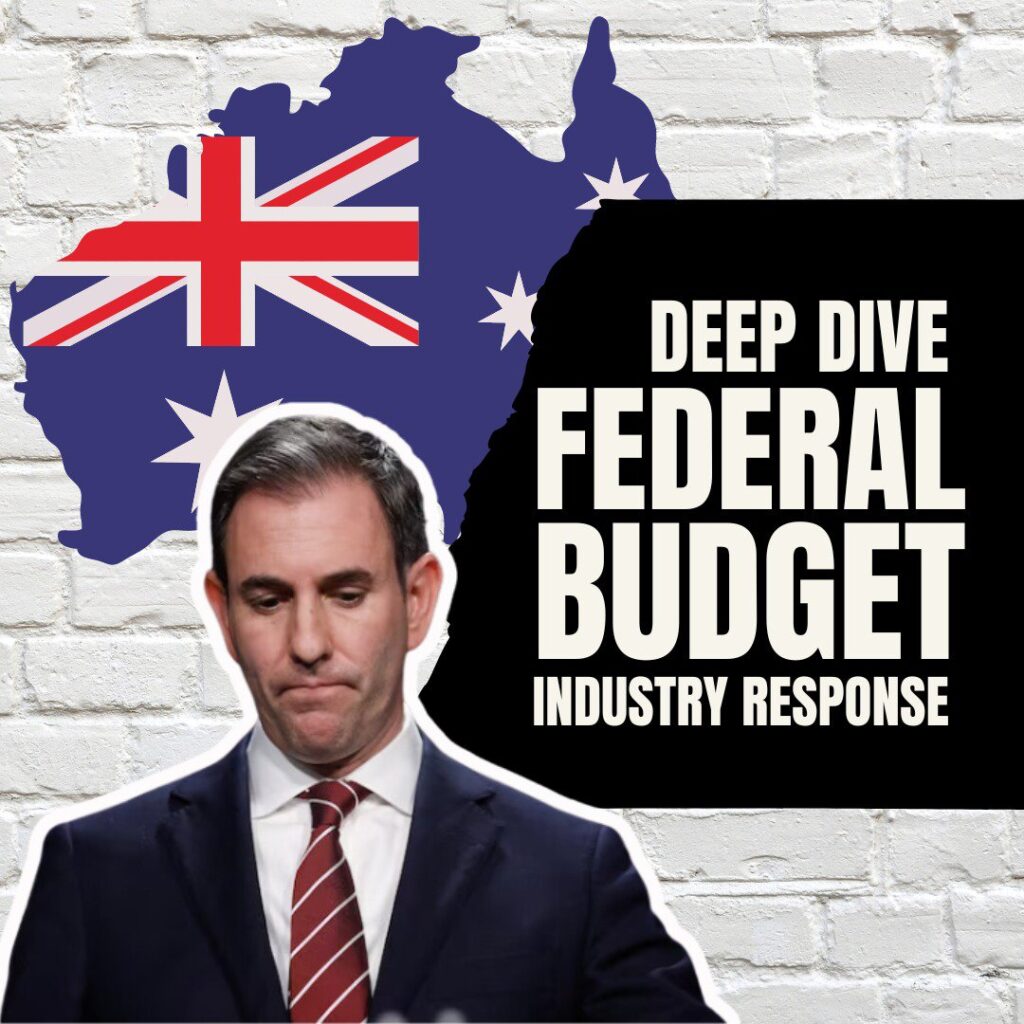Innovation is a term that gets thrown around a lot, but what does it really mean? For me, innovation is implementing new ideas that bring value to people. You don’t have to be a creative genius to be innovative – It’s all about the context. What might be ordinary for startups could be groundbreaking for established corporations. Implementing these ideas and measuring their impact is key because what gets measured gets improved.
Innovation comes in different forms, ranging from disruptive to sustaining. Disruptive innovation can revolutionise entire industries while sustaining innovation focuses on incremental improvements. Regardless of where you fall on this spectrum, all innovation initiatives have one thing in common: they explore the unknown. This means leaving behind traditional modes of operation and embracing a search-mode mindset. It’s about discovering what works, what adds value, and what doesn’t. This exciting journey is what attracts many of us to the innovation space, but it also presents challenges when it comes to measuring progress and impact.
One misconception is that innovation is vague or fluffy. A wall covered in colourful post-it notes might not convey how well a team is doing or how fast a project is progressing. It may seem like nothing is happening until “suddenly” the proverbial unicorn is in the room. Traditional metrics designed for execution-driven projects often fall short of capturing the progress of innovation initiatives. The impact of innovation can take months or even years to manifest, making it difficult to assess using conventional revenue and ROI metrics. Failing to track progress effectively can demotivate teams and create a disconnect within the organisation.
To help leaders better understand and set relevant targets for innovation projects, I’ve developed a framework inspired by the concepts of Innovation Accounting and Objectives & Key Results. It has been implemented for setting targets related to innovation, but also for sustainability and CSR initiatives. This framework uses both activity metrics and impact metrics.
- Activity metrics act as leading indicators, measuring the effort and velocity of a team operating in search-mode. Faster progress indicates more experimentation and faster iteration, which leads to a greater likelihood of success in making the desired impact.
- Impact metrics are lagging indicators that measure tangible results emerging from these efforts. This is captured as a desired outcome. Examples of impact metrics are cost savings or new revenue generated.
By using both types of metrics, teams are rewarded for their progress toward impact, acknowledging their hard work and passion throughout the challenging innovation journey—not just at the finish line.
Let’s break it down into actionable steps. Start with the end in mind and identify the impact you want to make. It is important to define the objective without focusing on specific solutions. Part of the innovation journey is about exploring different avenues that can solve the challenge or address the opportunity. Some questions to consider to identify your desired outcome are:
- What challenge do you want to solve?
- Who has this challenge?
- What does success look like and how will you measure it?
Once you have the outcome you want to work towards, the next step is defining how you will get there. This is where the activity metrics come in. I like to use the general steps in an innovation process as milestones and tailor them based on the scope. This allows for emphasis on exploring the problem thoroughly before testing different solutions. As discovering what does not work is also progress, this framework rewards learning too and not just the final outcome. Some questions to ask yourself to better understand the activities to work through are:
- What do you need to better understand about the challenge?
- How could you get the information that you need to move forward?
- When will you know you’ve learned enough?
Now, let’s see what this looks like in practice. Let’s take the example of a team that is looking to improve an internal approval process by reducing the turnaround time. They are not sure yet how they want to go about solving this as they first need to map out the existing process to see where the biggest issues are. They do know there are a lot of other teams and stakeholders involved in this process that all have different needs and experiences with this process, so this needs to be better understood as well. Once they have a picture of where the biggest issues are, where the most time is being wasted or the biggest points of frustration are, they can start looking at how they can improve this. It might be something small and tangible they can tweak to significantly improve the turnaround time, but it also might require a solid redesign of the process. No matter what they find, they know they will need to think through different ideas first and then see how they can put them together into prototypes they can test. After a few rounds of testing with users, they are likely able to implement something that improves the process.
Translating this example into impact and activity metrics would look something like this:
Desired outcome: Reduce turnaround time of approval process A by X hours
Activities to work through:
- Process mapping
- Conduct Stakeholder interviews
- Idea generation
- Prototype creation
- Prototype testing
- Prototype iteration
- Implementation
Naturally, the type of activities and level of granularity will vary depending on the teams and projects involved. However, using this structure helps leaders and teams to keep the focus on the right things and track progress. During evaluation moments, progress and speed will be easier to indicate as specific activities have been executed and tracked. Plus, within each activity data is gathered that further informs the process and gives more clarity on how realistic it is to meet the desired outcome.
Setting targets for innovation projects is an iterative process, much like the innovation itself. Well-defined targets keep your team focused on what matters most, and if innovation is important to you, then measuring it should be too.






